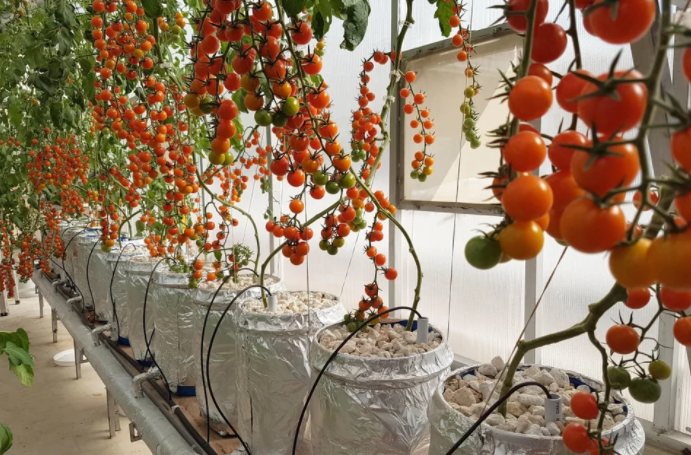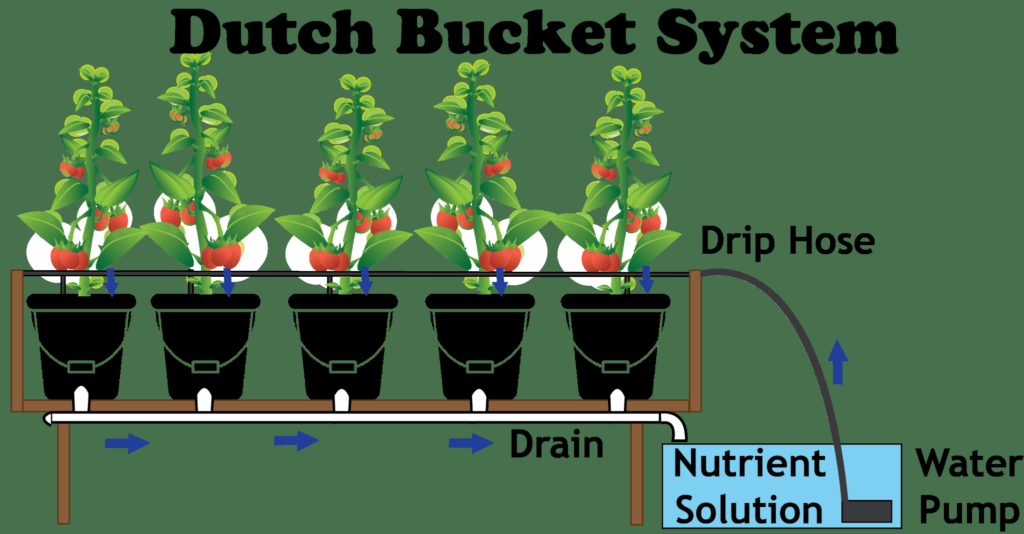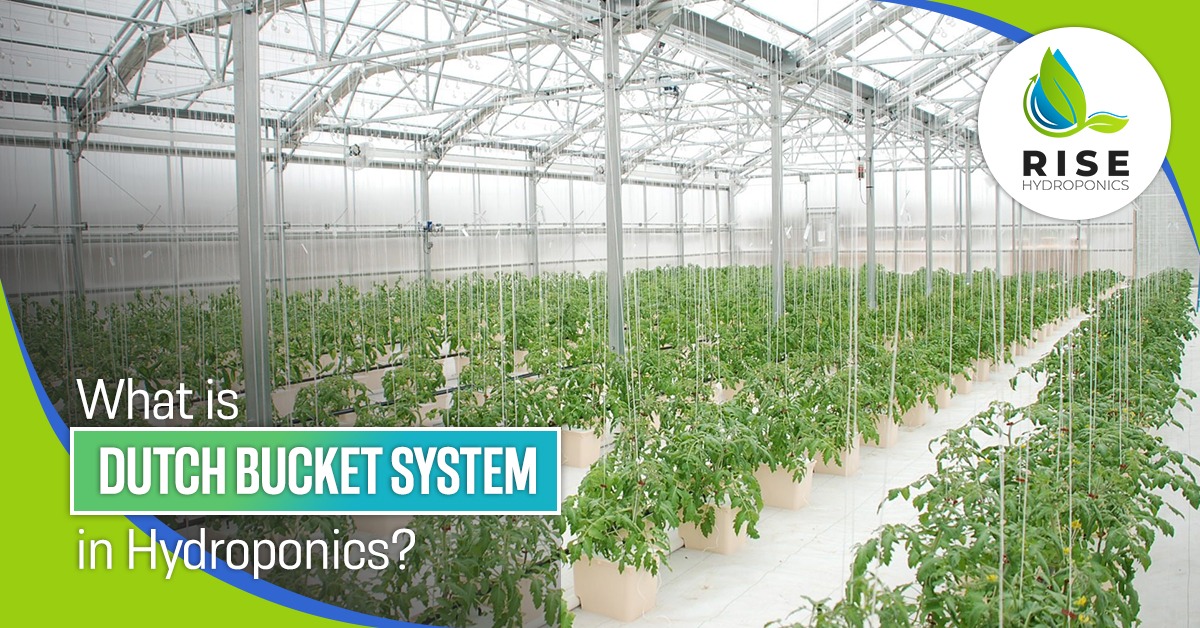Do you want to grow big plants in home gardens? Worry not, because, with the Dutch Bucket Hydroponics System, you can grow bigger plants. These Dutch buckets are extremely popular and are one of the best ways to grow plants using hydroponics. They are reusable, versatile, affordable, and are so well connected. This system is endlessly expandable and can be used with several growing mediums. A Dutch garden allows you to make use of space and water efficiently. The system produces high yields because your plants get perfect aeration.
Fun fact: Although you can use this system for tiny plants, you can make the best use of this method to manage colossal vining plants. Do you know which ones they are? Well, you can grow cucumbers, squash, peppers, beans, and tomatoes with absolute ease.
The principle of Dutch Bucket System
The Dutch Bucket system operates on the very principle of the ebb and flow method. This method is just a variation of that. It operates by forcing the nutrient onto a bucket, replacing a tray, and then drains it back automatically to the reservoir. By all means, the Dutch Bucket is the easiest and effective system that can be set up for any outdoor or indoor hydroponics grower.
Fun fact: You can use this method as a hydroponics system but you will be pleasantly surprised if we told you that this works equally well for aquaponics as well. Of course, the setup would be harder.
Tools you need for Dutch Bucket System
For better understanding, we are dividing the system into three essential parts and they are as follows:
Dutch (Bato) Bucket
- Bench or floor
- Growing media (could be vermiculite, hydroton, or perlite)
- Lids for every bucket (for covering the system)
- Buckets (you need 1 bucket for 1 plant)
Return Line
- Siphon elbows for every bucket
- A PVC pipe that fits the system you have devised
Irrigation Line
- Connections and fittings
- Drip emitters. Normally 1 bucket will need 1 dripper. But, if your plants require more nutrients, then you can increase the drippers (2 for 1 bucket is ideal).
- A PVC pipe depending on your system’s size
- A submersible pump
- A tank/reservoir
Fun fact: With the Dutch Bucket system, you can grow pole beans, squash, potatoes, tomatoes, eggplant, hops, peppers, beans, cucumbers, etc. In fact, a vining plant like tomato is best suited for the Dutch Bucket method.
Which plants will you grow?

The Dutch Bucket system is perfect for a wide variety of plants because of the way you build it. Everything, from fruiting to vining and large plants or crops, can be grown with this system. In fact, plants that require nutrients in high amounts can be grown with this technique.
Pro tip: For larger plants or those that require loads of nutrients, make the drip larger or set up 2 drippers
Word of caution: When you work with vine or large plants, you must tie them up for support. This step will ensure their proper growth and position.
What growing media to choose?

When you grow vining plants or the larger plants in the Bato Bucket system, always choose the perfect media. You will need an excellent growth material that can hold water for long but will not contain moisture as much. Such material will aerate your roots well enough for them to respire.
Thing to know: Coconut, clayballs, vermiculite, and perlite work exceedingly well. These materials have a great capacity to hold water, are sustainable and environment-friendly. You can use any of these materials and also a mix of all of these in varying ratios.
How does the BATO system work?
Step 1
- Place your buckets that contain the growing media (vermiculite or perlite) to provide aeration to the supporting plants.
- Accommodate each bucket with one plant.
Step 2
- Place a large reservoir/bucket to hold nutrients and water.
- Place a submersible pump into the reservoir for pumping nutrients into the irrigation/drip line. This pump will also drop nutrients on plants via drip emitters.
- Fix drip emitters to the irrigation line and point to each bucket for feeding the plants.
Step 3
- See that a bucket elbow is there at each bucket. This elbow will function in draining excess nutrient solutions.
A perfect technique! But how?
With the Bato bucket system, no nutrient solutions are lost during the feeding or watering process. Thus, this method is one of the most effective recirculation techniques. It will save your space and is perfect for vining and bushy and fruiting plants. So, if you are a beginner, this system is for you because it involves an extremely easy set-up that is flexible beyond measure.

